
Chocolate mousse is simple but effective.
- Chocolate mousse is an edible foam, originating from France and most commonly eaten as a dessert.
- Chocolate mousse usually consists of eggs, sugar and chocolate, and often also butter or cream, and perhaps other flavourings.
- Chocolate mousse is most commonly used as a dessert itself, or as a filling, side or decoration in a dessert; however mousse purposed for savoury use can be made, though it usually excludes chocolate and sugar, and is flavoured differently.
- Mousses, including those chocolate-flavoured, originated in the 1700s, with the first known recipe for chocolate mousse documented by Menon, a French writer, in 1750, in his book La science du maître d’hôtel confiseur (loosely translated as ‘The science of a master confectioner’).
- Chocolate mousse is generally made by whipping egg whites or cream, until they become light and airy, which is then usually combined with a mixture of melted chocolate and sometimes butter, egg yolks, and sugar, and then set in a refrigerator.
Chocolate Mousse
Image courtesy of Jules/Flickr
- ‘Mousse’ is a French word which has the literal translation ‘foam’; while chocolate mousse is known as ‘mousse au chocolat’ in French.
- Recipes similar to that of chocolate mousse became more abundant in the 1890s and 1900s, including one from the French Post-Impressionist artist, Henri de Toulouse-Lautrec, who named his a ‘mayonnaise’.
- Chocolate mousse is typically a brown colour with a light fluffy texture, although its density may vary according to the ingredients and cooking method.
- Chocolate mousse is a good source of calcium, vitamin A and vitamin B12, though it has significant quantities of fat and sugar.
- Recipes for chocolate mousse range from simple to complex or exotic, however many agree that simplicity is key for a good mousse.
Bibliography:
The Culinary Institute of America, Heavenly and Historical, 2003, The Spokesman Review, https://news.google.com/newspapers?nid=1314&dat=20031001&id=qdwnAAAAIBAJ&sjid=yPIDAAAAIBAJ&pg=6605,264844&hl=en
Davidson A, The Oxford Companion to Food, 2014, p534, Oxford University Press, United Kingdom, https://books.google.com.au/books?id=bIIeBQAAQBAJ&q=chocolate+mousse#v=snippet&q=chocolate%20mousse&f=false
Goldstein D, Mintz S, Krondl M & Mason L, The Oxford Companion to Sugar and Sweets, 2015, p464, Oxford University Press, United Kingdom, https://books.google.com.au/books?id=R1bCBwAAQBAJ&lpg=PA464&dq=menon%20mousse&pg=PA464#v=onepage&q=menon%20mousse&f=false
The History of Chocolate Mousse, n.d, Extreme Chocolate, http://www.extremechocolate.com/the-history-of-chocolate-mousse.html
How to Make Chocolate Mousse, 2012, Z Chocolat, http://www.zchocolat.com/how-to-make-chocolate-mousse/
Mousse, 2016, Wikipedia, https://en.wikipedia.org/wiki/Mousse
Savill J, Chocolate Mousse, 2007, The Sydney Morning Herald, http://www.smh.com.au/news/good-living/chocolate-mousse/2007/07/16/1184438207223.html





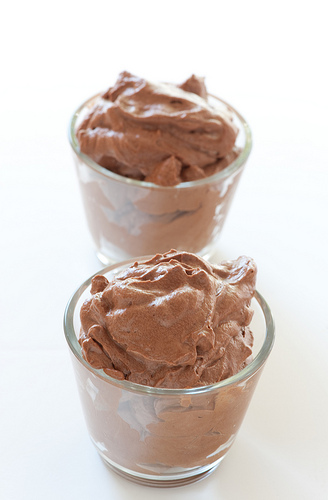
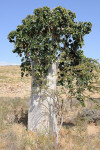


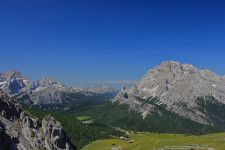




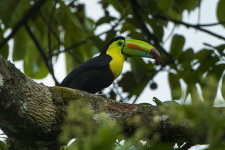
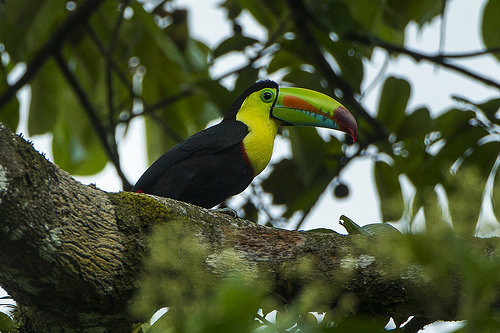


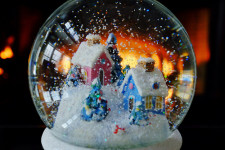
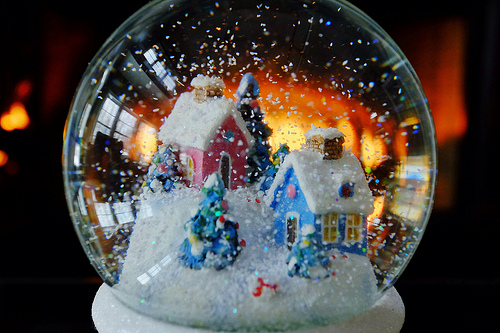
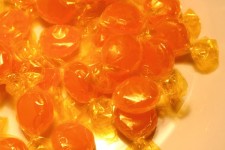
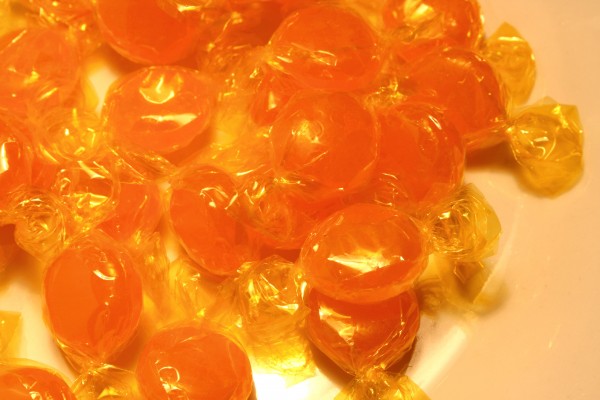 Butterscotch Candy
Butterscotch Candy

